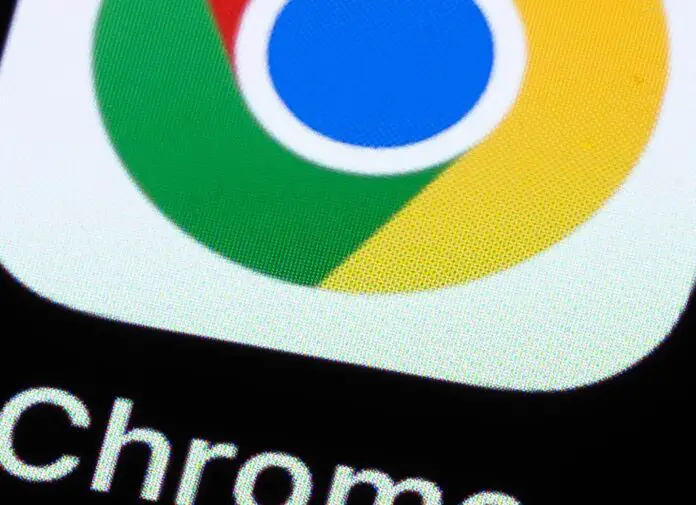There is a browser war underway. Google’s dominance with its market-leading Chrome may seem unbeatable, but this could change if the threatened DOJ break-up gains traction. Microsoft is eagerly waiting in the wings, especially in the desktop Windows market, to target Chrome’s 65% market share.
In its effort to drive Windows users to Edge, Microsoft is emphasizing its browser’s security features. As threats to Windows increase, Microsoft is advising enterprises to promote the use of “Microsoft Edge and other web browsers that support Microsoft Defender SmartScreen, which identifies and blocks malicious websites, including phishing sites, scam sites, and sites that host malware.” In simple terms—not Chrome. This is similar to previous campaigns by Microsoft to intercept new Chrome installs on Windows machines, pushing the same Edge security message.
Microsoft’s recent warnings are part of an enterprise strategy, advocating for a coordinated, CISO-sponsored approach to using Microsoft’s various security platforms together. If consumers switch browsers at work, they might do the same at home, posing a bigger threat to Chrome.
Google is now fighting back with a campaign aimed at its 3 billion Chrome users, highlighting updated, security-focused messages to reinforce trust in their technology. “In a moment when privacy and security are top of mind,” says consumer marketing VP Adrienne Lofton, “we’ve launched a new campaign to educate the world and show just how safe Chrome is.”
The PR for this “World’s Most Trusted Browser” campaign aims to “set the record straight on Chrome’s security” and “claim rightful ownership as the world’s most trusted browser that offers security and safety.” This campaign will “educate users and highlight how Chrome keeps billions of users safe online every day.”
However, this is a tough challenge, especially following the recent return of tracking cookies with no clear timeline for their future. “Privacy and security are often conflated,” Lofton says, “and what most consumers don’t realize is that you can’t have privacy without security first.”
The campaign, designed by Arts & Letters, includes billboards, online ads, and videos, featuring “meme-filled social videos that spotlight Chrome’s built-in safety features.” Themes include Chrome’s real-time threat analysis, protecting users before they click on dangerous links, real-time password management, and the platform’s sheer scale making it “the world’s most trusted browser.”
The backdrop is challenging. Not only is there the looming DOJ threat, but the uncertain future of tracking cookies, which is central to Chrome’s privacy issues, despite new security innovations. While it’s better for consumers to see the end of these cookies, they are still surprisingly present.
Google aims to replace cookies with an opt-in choice for users, allowing them to decide how they are tracked. However, this proposal has become entangled in regulatory issues as Google tries to address concerns from the ad industry. “It’s been more than two months now,” Ad Exchanger reports, “and Google hasn’t provided any further details. What will the mechanism look like? How will it function? Will it be opt-in or opt-out? Where will it be located in the browser?”
This shift away from tracking cookies will also see competition between Microsoft and Google. Microsoft has introduced its own alternative to Google’s Privacy Sandbox, called the “Privacy-Preserving Ads API,” which is now available as a limited developer preview for Microsoft Edge.
Security and privacy are both crucial, and one does not negate the need for the other. While there is a case for Edge over Chrome in terms of malware protection, Google’s security innovations are commendable, and there’s no strong reason to abandon Chrome for security reasons. However, the privacy situation is different.
Microsoft will continue to emphasize its security message to enterprises, recommending Edge as part of its strategy. “By understanding these evolving threats and implementing the recommended mitigations, organizations can better protect themselves against sophisticated campaigns and safeguard digital assets.”
For all Windows users, Chrome has just been updated to version 130.0.6723.58/.59. Given the recent security threats highlighted by Microsoft, it’s crucial to keep your browser updated. Remember to restart your browser once the update is installed.
Source: Forbes






